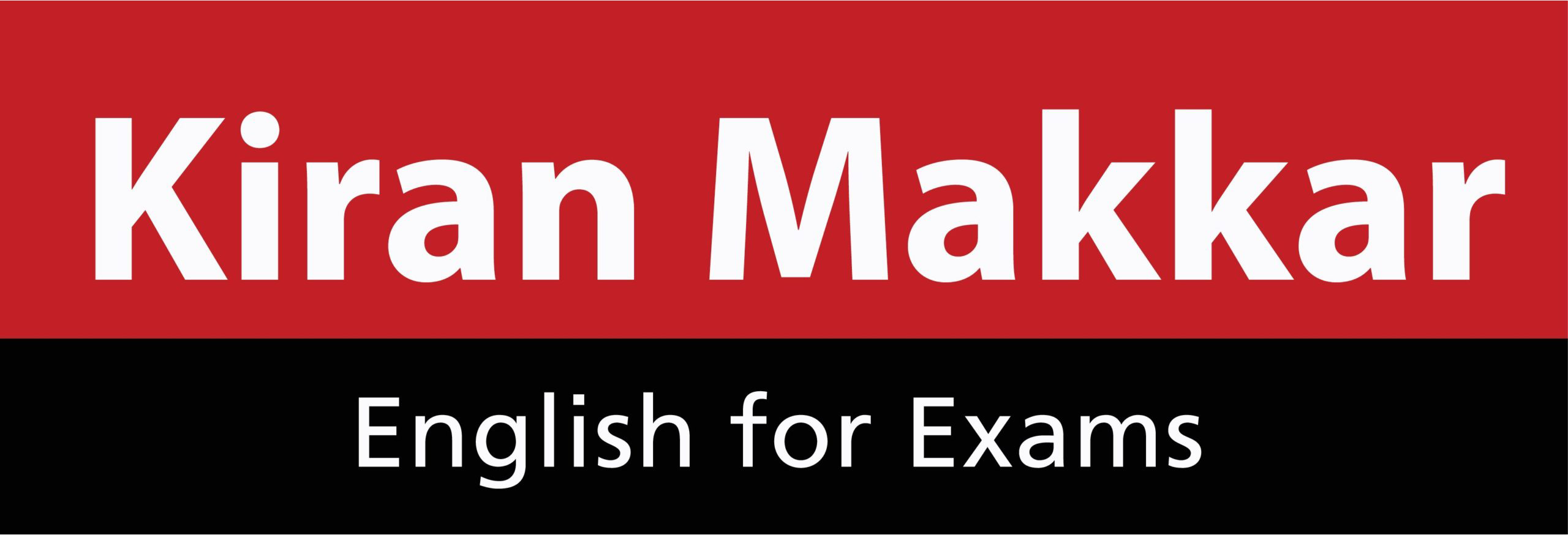This Reading is from Volume 1.

Rain in the Desert
Sometimes ideas just pop up out of the blue. Or in Charlie Paton’s case, out of the rain. “I was in a bus in
Morocco travelling through the desert,” he remembers. “It had been raining and the bus was full of hot, wet
people. The windows steamed up and I went to sleep with a towel against the glass. When I woke, the thing was
soaking wet. I had to wring it out. And it set me thinking. Why was it so wet?”
The answer, of course, was condensation. Back home in London, a physicist friend, Philip Davies, explained
that the glass, chilled by the rain outside, had cooled the hot humid air inside the bus below its dew point,
causing droplets of water to form on the inside of the window. Intrigued, Paton — a lighting engineer by
profession — started rigging up his own equipment. “I made my own solar stills. It occurred to me that you might
be able to produce water in this way in the desert, simply by cooling the air. I wondered whether you could
make enough to irrigate fields and grow crops.”
Today, a decade on, his dream has taken shape as a giant greenhouse on a desert island off Abu Dhabi in the
Persian Gulf — the first commercially viable version of his “seawater greenhouse”. Local scientists, working
with Paton under a licence from his company Light Works, are watering the desert and growing vegetables in
what is basically a giant dew-making machine that produces fresh water and cool air from sun and seawater. In
awarding Paton first prize in a design competition two years ago, Marco Goldschmied, president of the Royal
Institute of British Architects, called it “a truly original idea which has the potential to impact on the lives of
millions of people living in coastal water-starved areas around the world”.
The design has three main parts (see Graphic). The greenhouse faces into the prevailing wind so that hot, dry
desert air blows in through the front wall of perforated cardboard, kept wet and cool by a constant trickle of
seawater pumped up from the nearby shoreline. The evaporating seawater cools and moistens the air. Last
June, for example, when the temperature outside the Abu Dhabi greenhouse was 46 °C, it was in the low 30s
inside. While the air outside was dry, the humidity in the greenhouse was 90 per cent. The cool, moist air allows
the plants to grow faster, and because much less water evaporates from the leaves their demand for moisture
drops dramatically. Paton’s crops thrived on a single litre of water per square metre per day, compared to 8
litres if they were growing outside.
The second feature also cools the air for the plants. Paton has constructed a double-layered roof with an outer
layer of clear polythene and an inner, coated layer that reflects infrared light. Visible light can stream through
to maximise photosynthesis, while heat from the infrared radiation is trapped in the space between the layers,
away from the plants.
At the back of the greenhouse sits the third element, the main water-production unit. Just before entering
this unit, the humid air of the greenhouse mixes with the hot, dry air from between the two layers of the roof.
This means the air can absorb more moisture as it passes through a second moist cardboard wall. Finally, the
hot saturated air hits a condenser. This is a metal surface kept cool by still more seawater – the equivalent of
the window on Paton’s Moroccan bus. Drops of pure distilled water form on the condenser and flow into a
tank for irrigating the crops.
IELTS Academic Readings For Exam Practice – Dr. Kiranpreet Kaur Makkar
www.makkarielts.com 57
The greenhouse more or less runs itself. Sensors switch everything on when the sun rises and alter flows of
air and seawater through the day in response to changes in temperature, humidity and sunlight. On windless
days, fans ensure a constant flow of air through the greenhouse. “Once it is tuned to the local environment,
you don’t need anyone there for it to work,” says Paton. “We can run the entire operation off one 13-amp
plug, and in future we could make it entirely independent of the grid, powered from a few solar panels.”
The net effect is to evaporate seawater into hot desert air, then recondense the moisture as fresh water. At
the same time, cool moist air flows through the greenhouse to provide ideal conditions for the crops. The key
to the seawater greenhouse’s potential is its unique combination of desalination and air conditioning. By
tapping the power of the sun it can cool as efficiently as a 500-kilowatt air conditioner while using less than 3
kilowatts of electricity. In practice, it evaporates 3000 litres of seawater a day and turns it into about 800 litres
of fresh water —just enough to irrigate the plants. The rest is lost as water vapour.
Critics point out that construction costs of £25 per square metre mean the water is twice as expensive as
water from a conventional desalination plant. But the comparison is misleading, says Paton. The natural air
conditioning in the greenhouse massively increases the value of that water. Because the plants need only an
eighth of the water used by those grown conventionally, the effective cost is only a quarter that of water from
a standard desalinator. And costs should plummet when mass production begins, he adds.
Best of all, the greenhouses should be environmentally friendly. “I suppose there might be aesthetic
objections to large structures on coastal sites,” says Harris, “but it is a clean technology and doesn’t produce
pollution or even large quantities of hot water.”
Questions 27-31
Do the following statements agree with the information given in Reading Passage 3?
TRUE if the statement agrees with the information
FALSE if the statement contradicts the information
NOT GIVEN if there is no information on this
27. Paton came up with the idea of making water in desert by pure accident.
28. The bus Paton rode in had poor ventilation because of broken fans.
29. Paton woke up from sleep to discover that his towel was wet.
30. Paton started his greenhouse project immediately after meeting up with his
friend.
31. Paton later opened his own business in the Persian Gulf.
IELTS Academic Readings For Exam Practice – Dr. Kiranpreet Kaur Makkar
www.makkarielts.com 58
Questions 32-36
Complete the diagram below using NO MORE THAN TWO WORDS from the passage. Write your answers
in boxes 32-36 on your answer sheet.

Questions 37-40
Complete the summary below using NO MORE THAN TWO WORDS from the
passage. Write your answers in boxes 37-40 on your answer sheet.
The greenhouse Paton built is installed with 37……..to keep the air flowing if the wind stands still, and it is
expected in the future to rely on electricity provided solely by 38……… Despite the high construction costs
compared to desalination plant, the plants grown in Paton’s greenhouse need much less water, and if
produced in large quantities the 39…………could be reduced remarkably. In addition to all these advantages,
it is also 40………, because it is clean and pollution free.


Q no.27to36
Please send me immediately,need it
Infrared light
Plzz snd the answe
Plz sent answers of this passage 3
I also need
Remaining answers??
Of which questions?
Q no.27to36
Please send me immediately,need it
37- FANS
38- SOLAR PANELS
39-COST
40- CLEAN TECHNOLOGY
40- environmental friendly
Can u please tell the ans of 32??
Infrared light